Abstract
The amino acid sequence of an amyloid-fibril protein of immunoglobulin light-chain type (AL) was elucidated. The sequence determination involved digesting the protein with trypsin, thermolysin and pepsin. The protein was found to consist of 154 amino acid residues and is thus missing about half of the constant region of a light chain. A certain heterogeneity in the length of the polypeptide was observed in the C-terminal region. The amino acid sequence from CDR (complementary-determining region) 1 and FR (framework region) 3 indicated an oligoclonal origin of the protein. By comparing the primary structure of protein AR with other lambda- and even kappa-chains, it was revealed that protein AR had an insertion of two residues of aspartic acid, namely residues 68 and 69, which has not been reported previously in light chains. The overall sequence homology in the variable region showed that protein AR is more similar to V lambda V than to the other subgroups [Kabat, Wu & Bilofsky (1979) Variable regions of Immunoglobulin Chains, Medical Computer Systems, Bolt, Beranek and Newman, Cambridge, MA].
Full text
PDF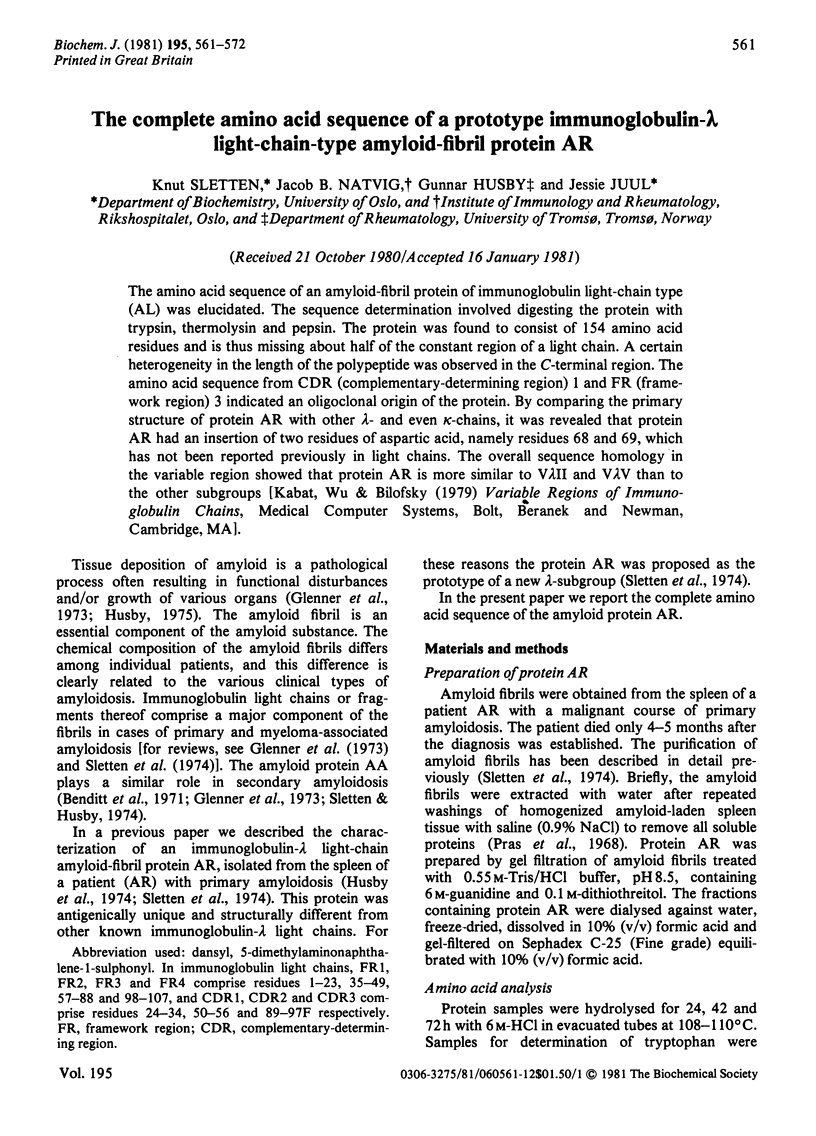
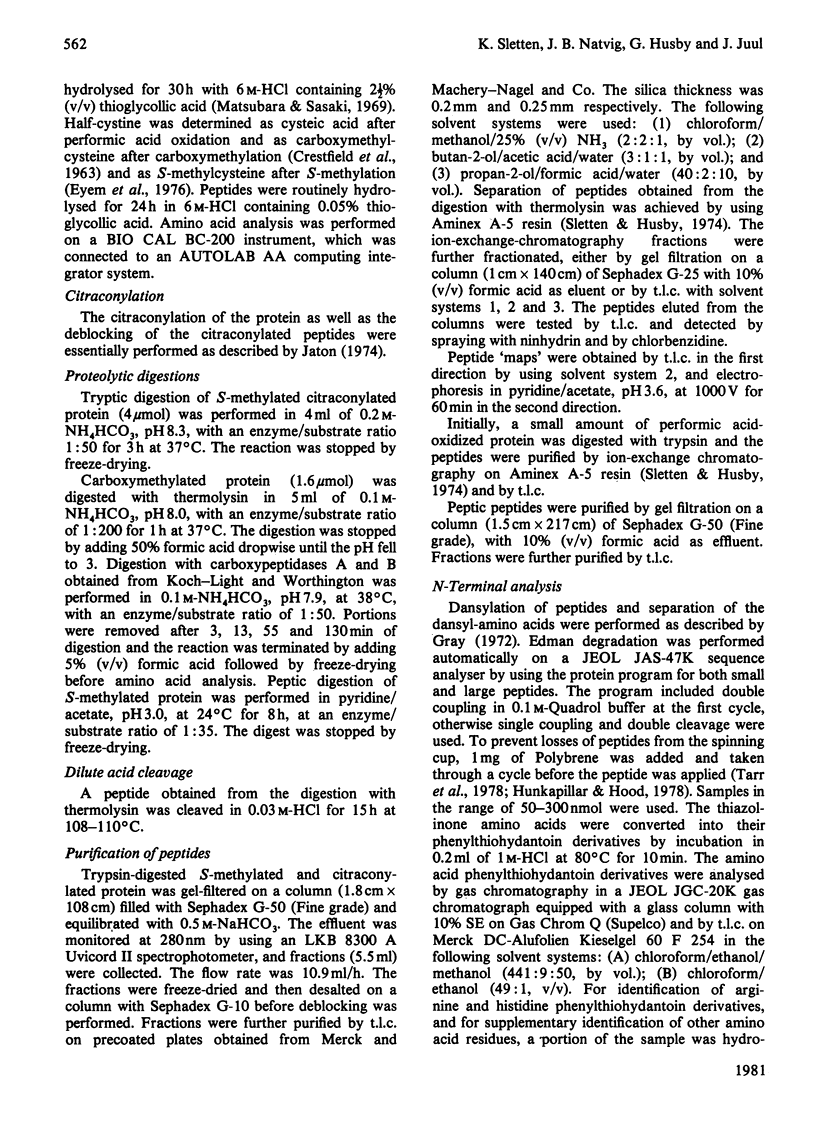
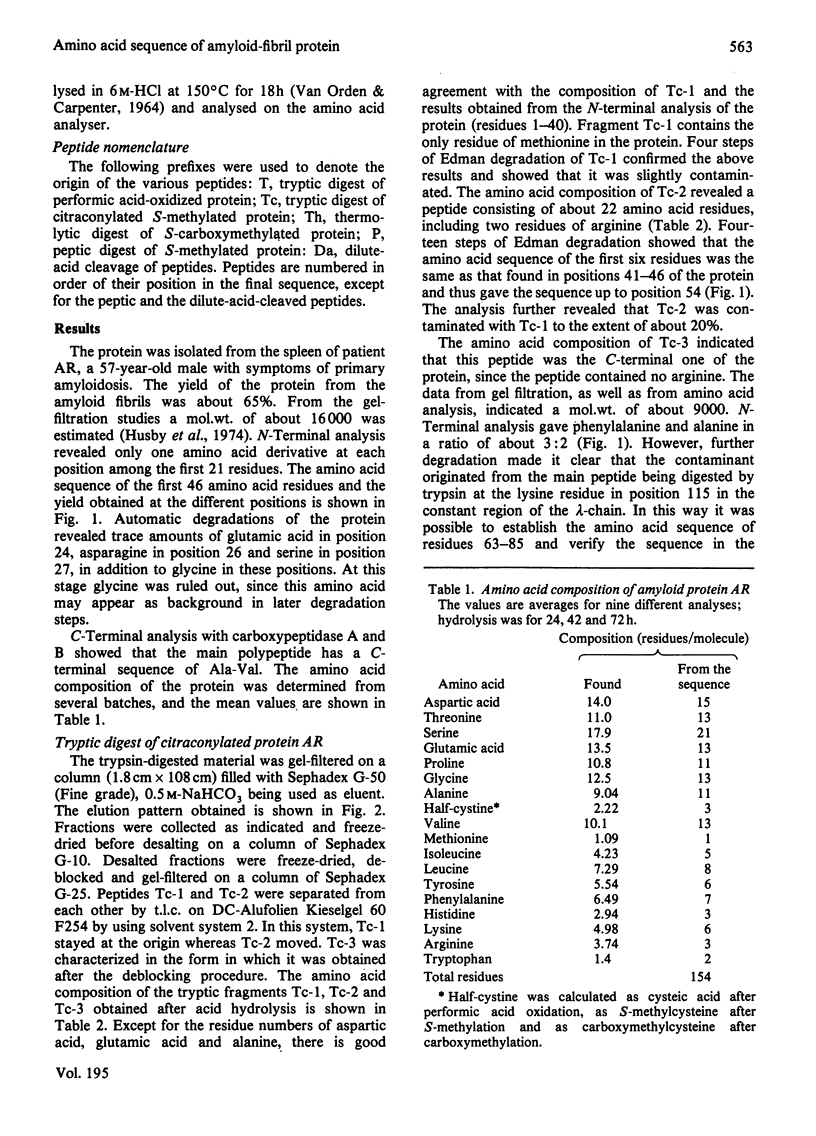
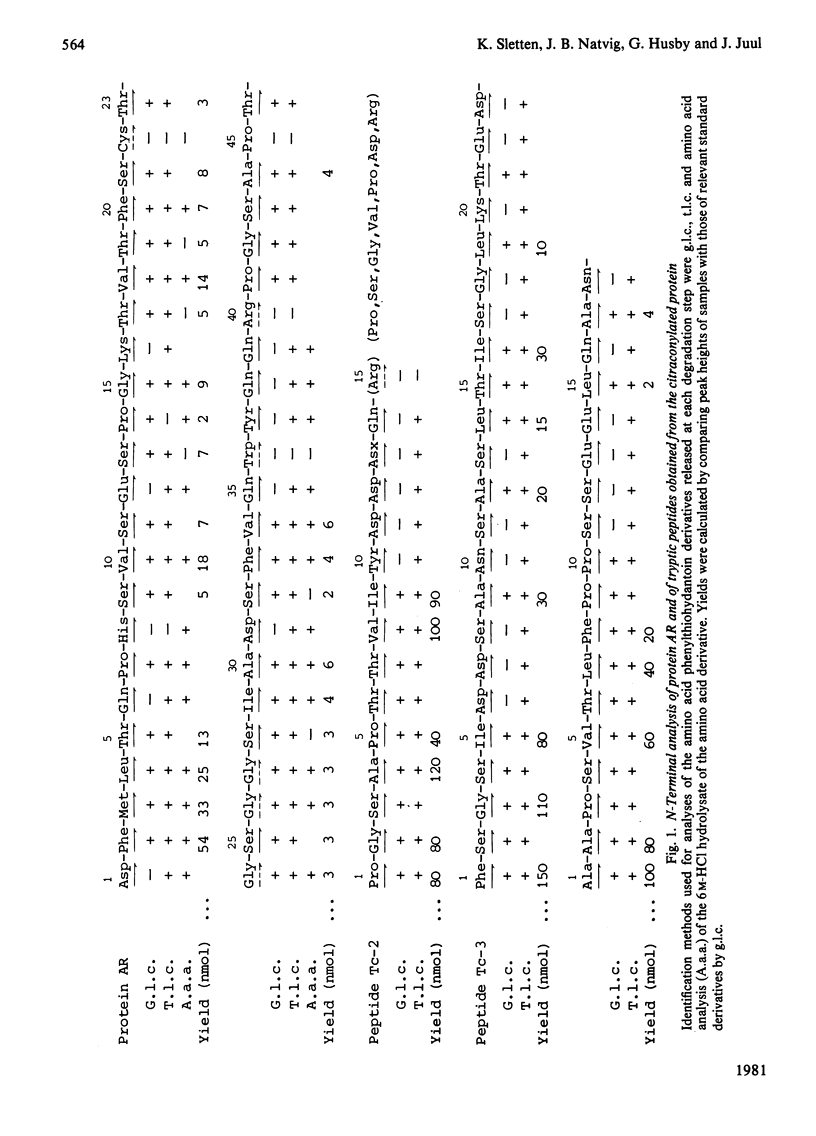
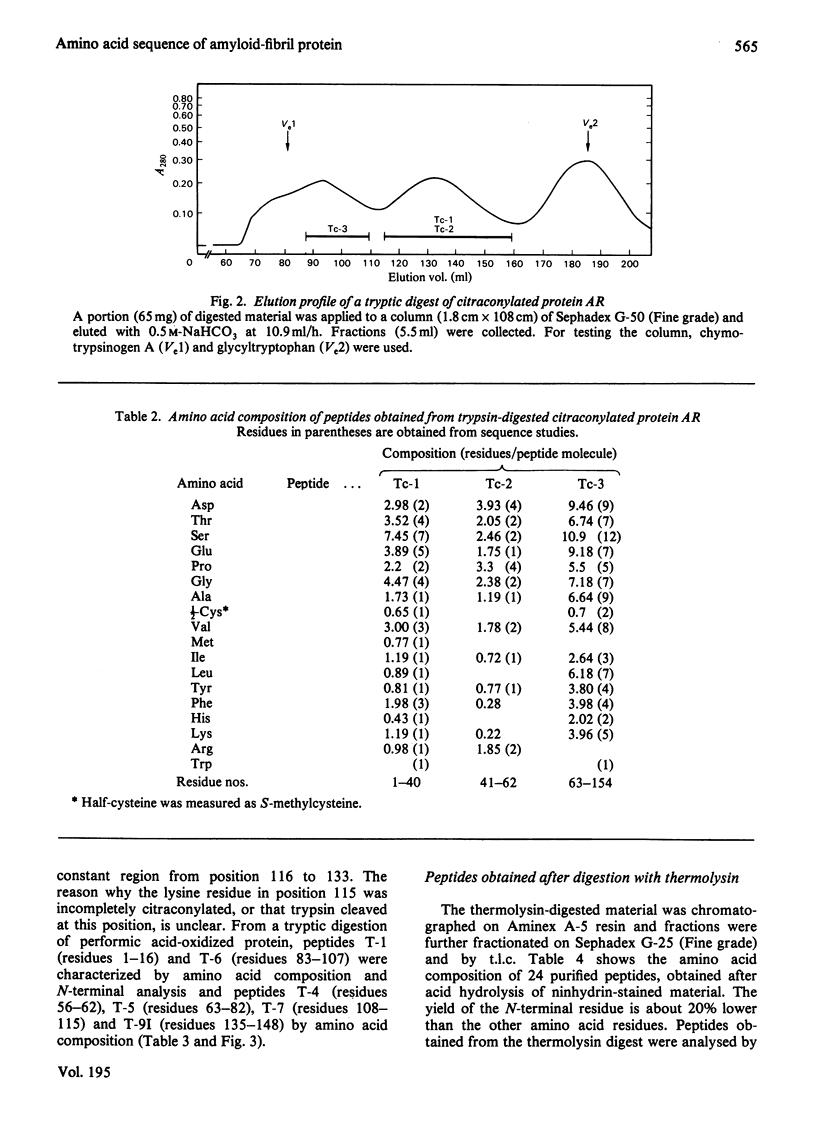
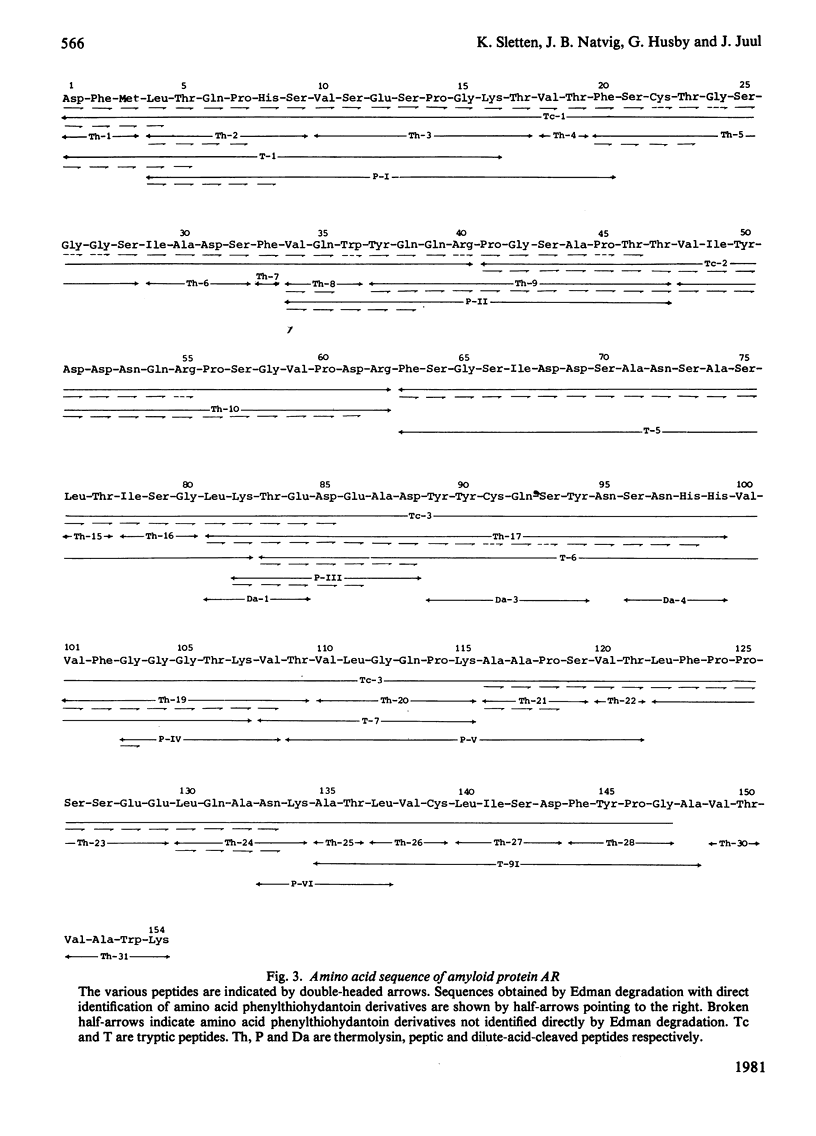
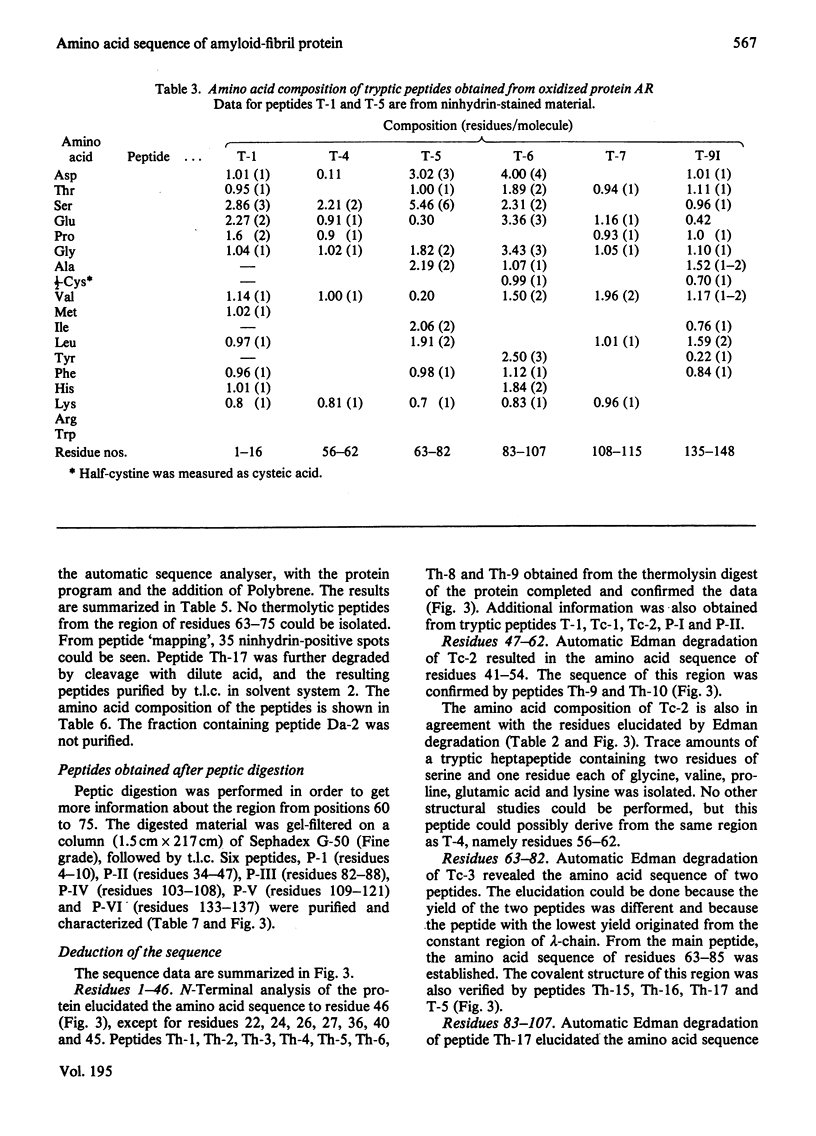
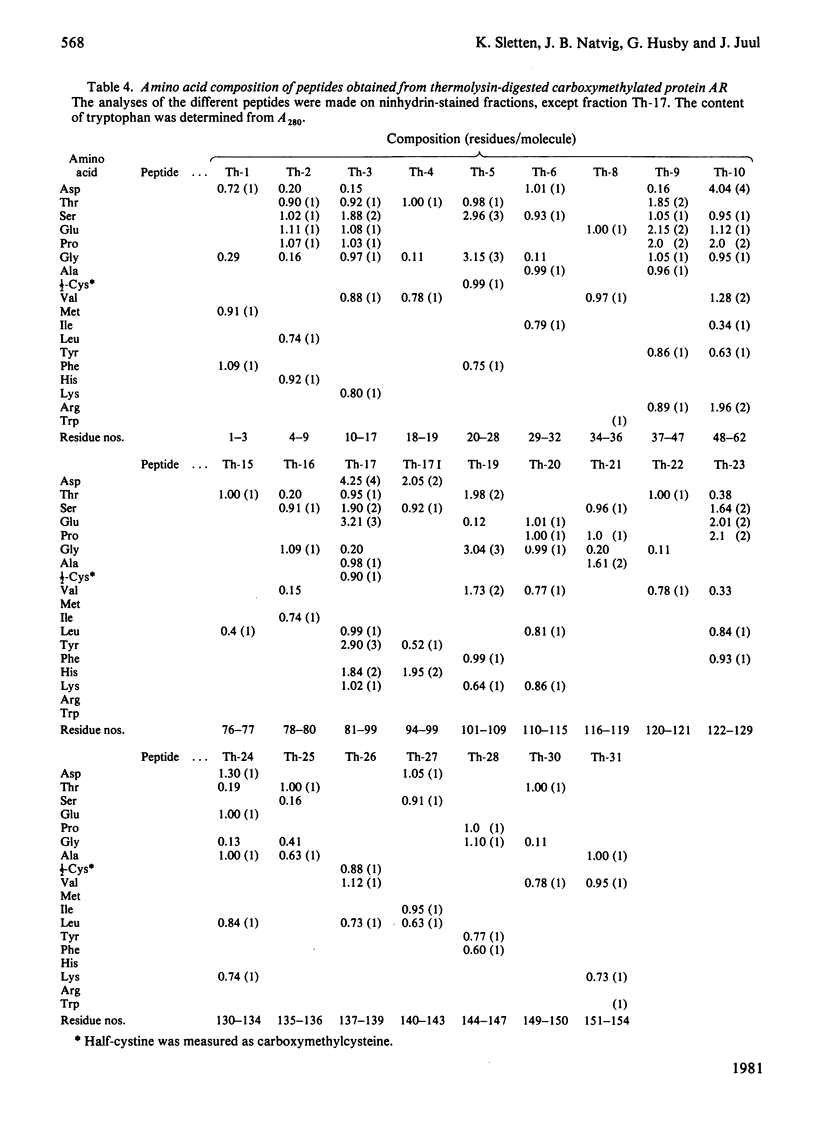
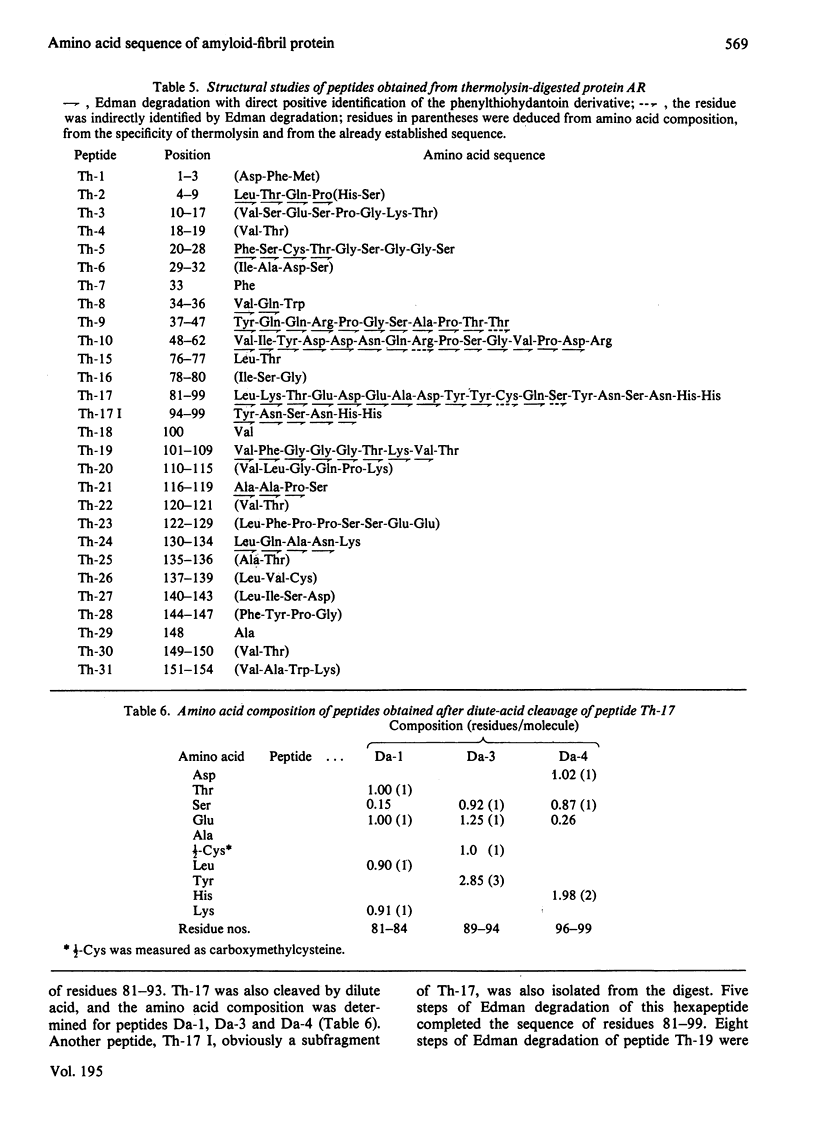
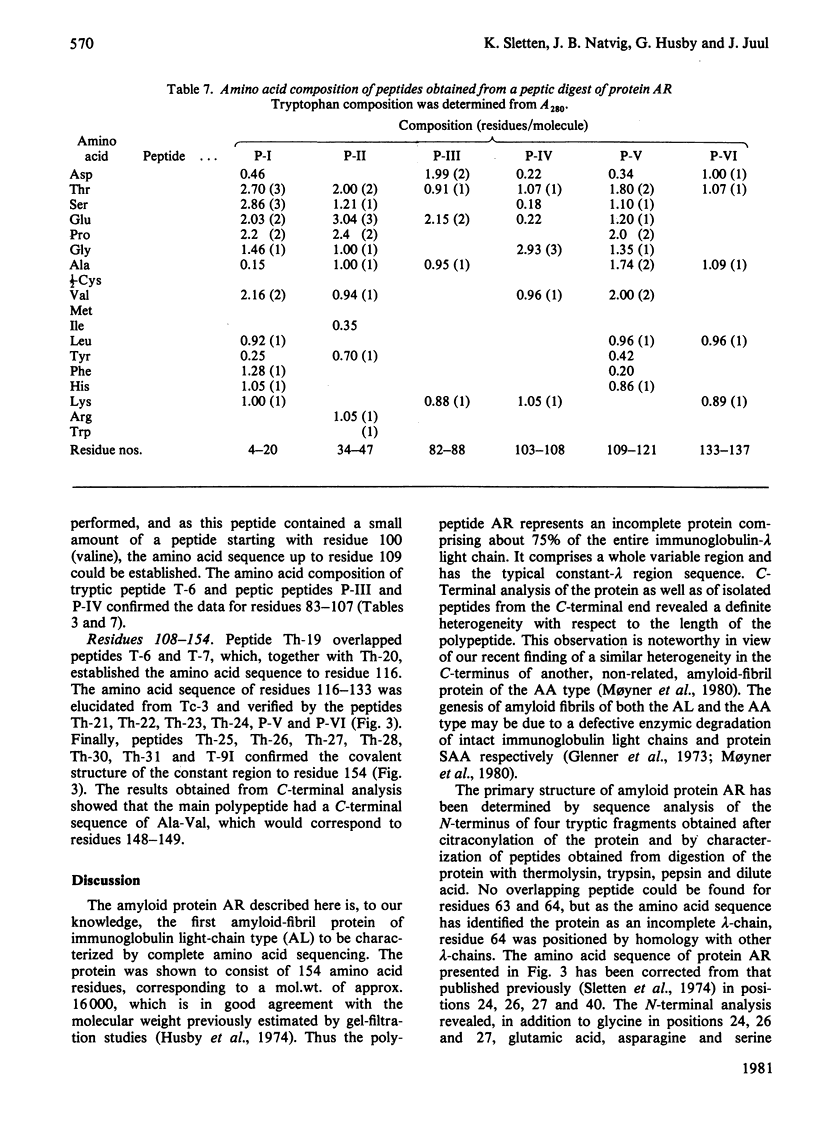

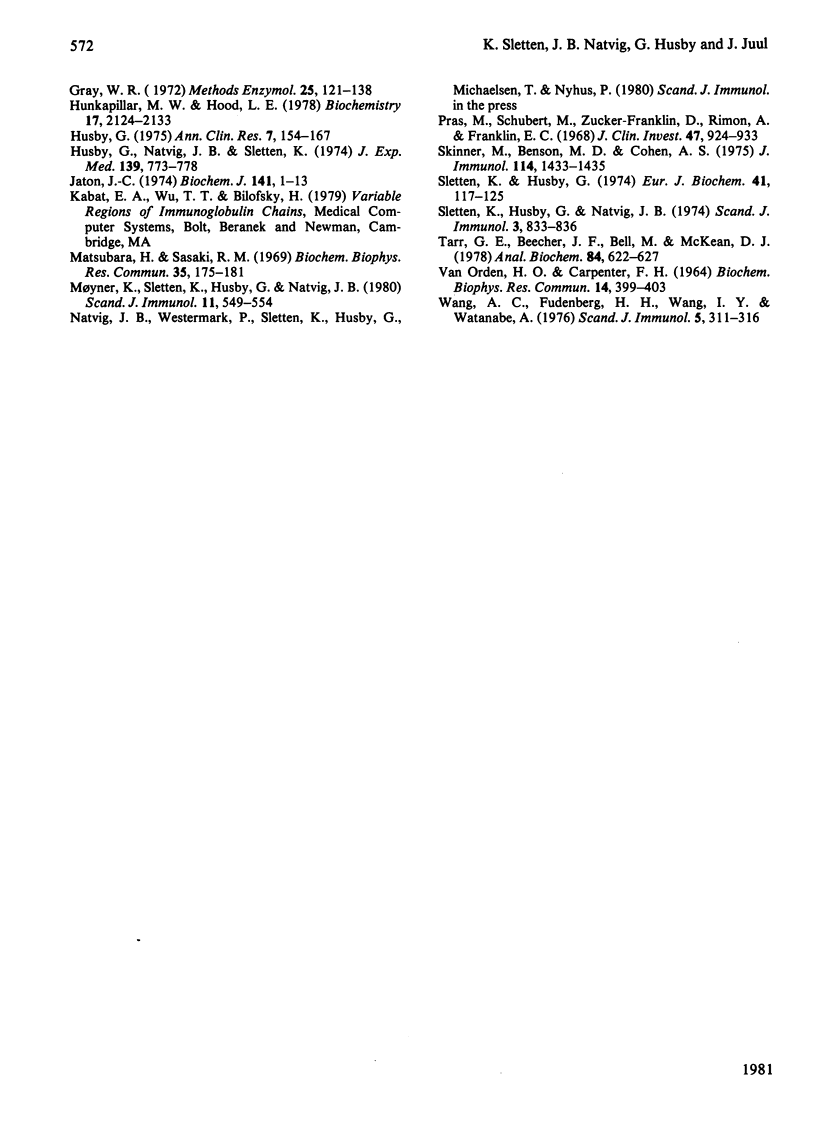
Selected References
These references are in PubMed. This may not be the complete list of references from this article.
- CRESTFIELD A. M., MOORE S., STEIN W. H. The preparation and enzymatic hydrolysis of reduced and S-carboxymethylated proteins. J Biol Chem. 1963 Feb;238:622–627. [PubMed] [Google Scholar]
- Engelhard M., Hilschmann N. Zur Strukturregel der Antikörper. Die Aminosäuresequenz einer monoklonalen immunglobulin-L-Kette vom lambde-Typ, Subgruppe I (Bence-Jones-Protein Vor.) Ein Beitrag zur Aufklärung der Entsthung der Antikörperspezifitäten. Hoppe Seylers Z Physiol Chem. 1975 Sep;356(9):1413–1444. [PubMed] [Google Scholar]
- Eyem J., Sjödahl J., Sjöquist J. S-Methylation of cysteine residues in peptides and proteins with dimethylsulfate. Anal Biochem. 1976 Aug;74(2):359–368. doi: 10.1016/0003-2697(76)90217-7. [DOI] [PubMed] [Google Scholar]
- Glenner G. G., Terry W. D., Isersky C. Amyloidosis: its nature and pathogenesis. Semin Hematol. 1973 Jan;10(1):65–86. [PubMed] [Google Scholar]
- Hunkapiller M. W., Hood L. E. Direct microsequence analysis of polypeptides using an improved sequenator, a nonprotein carrier (polybrene), and high pressure liquid chromatography. Biochemistry. 1978 May 30;17(11):2124–2133. doi: 10.1021/bi00604a016. [DOI] [PubMed] [Google Scholar]
- Husby G. Amyloidosis in rheumatoid arthritis. Ann Clin Res. 1975 Jun;7(3):154–167. [PubMed] [Google Scholar]
- Husby G., Natvig J. B., Sletten K. New, third class of amyloid fibril protein. J Exp Med. 1974 Mar 1;139(3):773–778. doi: 10.1084/jem.139.3.773. [DOI] [PMC free article] [PubMed] [Google Scholar]
- Jaton J. C. Amino acid sequence of the N-terminal 139 residues of light chain derived from a homogeneous rabbit antibody. Biochem J. 1974 Jul;141(1):1–13. doi: 10.1042/bj1410001. [DOI] [PMC free article] [PubMed] [Google Scholar]
- Matsubara H., Sasaki R. M. High recovery of tryptophan from acid hydrolysates of proteins. Biochem Biophys Res Commun. 1969 Apr 29;35(2):175–181. doi: 10.1016/0006-291x(69)90263-0. [DOI] [PubMed] [Google Scholar]
- Møyner K., Sletten K., Husby G., Natvig J. B. An unusually large (83 amino acid residues) amyloid fibril protein AA from a patient with Waldenström's macroglobulinaemia and amyloidosis. Scand J Immunol. 1980;11(5):549–554. doi: 10.1111/j.1365-3083.1980.tb00023.x. [DOI] [PubMed] [Google Scholar]
- Pras M., Schubert M., Zucker-Franklin D., Rimon A., Franklin E. C. The characterization of soluble amyloid prepared in water. J Clin Invest. 1968 Apr;47(4):924–933. doi: 10.1172/JCI105784. [DOI] [PMC free article] [PubMed] [Google Scholar]
- Skinner M., Benson M. D., Cohen A. S. Amyloid fibril protein related to immunoglobulin lambda-chains. J Immunol. 1975 Apr;114(4):1433–1435. [PubMed] [Google Scholar]
- Sletten K., Husby G., Natvig J. B. N-terminal amino acid sequence of amyloid fibril protein AR, prototype of a new lambda-variable subgroup, V lambda V. Scand J Immunol. 1974;3(6):833–836. doi: 10.1111/j.1365-3083.1974.tb01319.x. [DOI] [PubMed] [Google Scholar]
- Sletten K., Husby G. The complete amino-acid sequence of non-immunoglobulin amyloid fibril protein AS in rheumatoid arthritis. Eur J Biochem. 1974 Jan 3;41(1):117–125. doi: 10.1111/j.1432-1033.1974.tb03251.x. [DOI] [PubMed] [Google Scholar]
- Tarr G. E., Beecher J. F., Bell M., McKean D. J. Polyquarternary amines prevent peptide loss from sequenators. Anal Biochem. 1978 Feb;84(2):622–7?0=ENG. doi: 10.1016/0003-2697(78)90086-6. [DOI] [PubMed] [Google Scholar]
- Van Orden H. O., Carpenter F. H. Hydrolysis of phenylthiohydantoins of amino acids. Biochem Biophys Res Commun. 1964;14:399–403. doi: 10.1016/0006-291x(64)90075-0. [DOI] [PubMed] [Google Scholar]
- Wang A. C., Fudenberg H. H., Wang I. Y., Watanabe A. Chemical and genetic characterization of a monoclonal IgA(lambda) protein with both cryo- and pyro-precipitability. Scand J Immunol. 1976;5(4):311–316. doi: 10.1111/j.1365-3083.1976.tb00284.x. [DOI] [PubMed] [Google Scholar]


